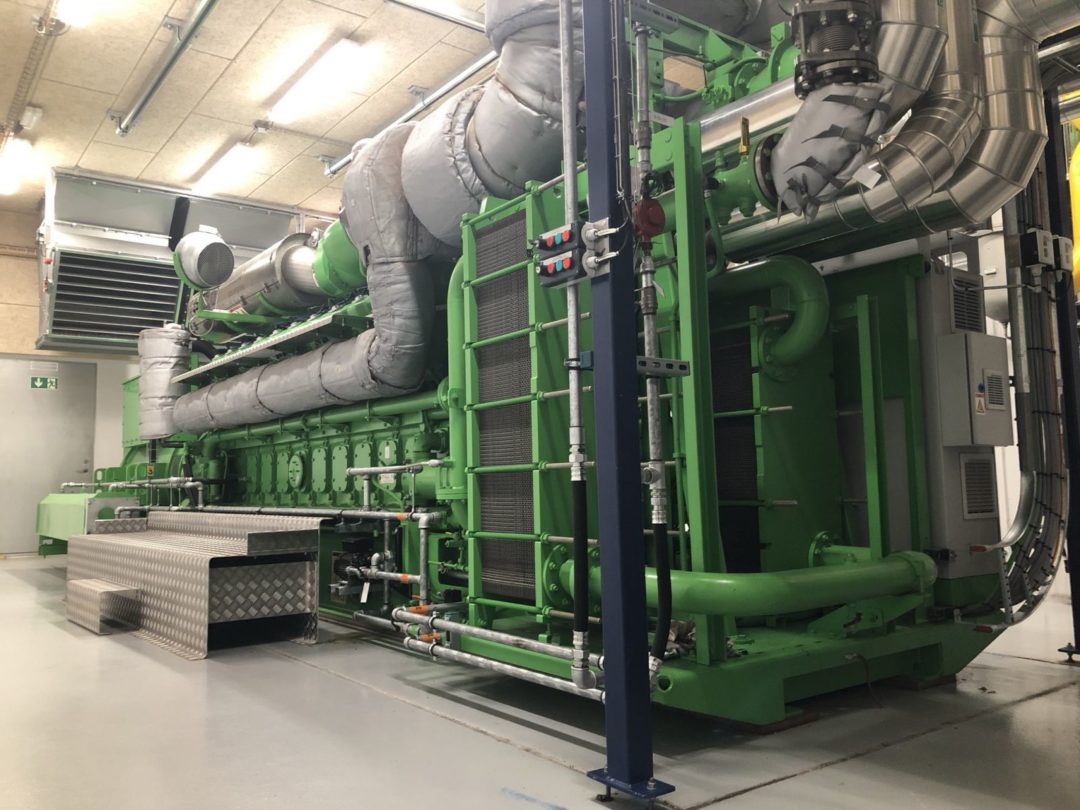The two initiatives are part of Green Ambition 2050, the sustainability strategy of parent company Arla Foods amba, which intends become carbon neutral by 2050.
At each of Arla Foods’ two largest production plants, there are two 4000 horsepower biogas engines, the press release explains. Every year, they convert methane received from a biogas plant into enough energy to power 11,600 households. In 2019, CO2 emissions from the two plants totaled 105,000 tons. Without the use of biogas, they would have emitted 167,000 tons. Similar saving is forecast for 2020.
Greener sources such as biogas now supply over 30% of the energy needs of the company’s production facilities in Denmark.
Related: The Next Big Trend in Beverages Customers Willing to Pay for Sustainable Products Climate Alliance Releases “Unprecedented” Recommendations for Federal Climate Policy
Henrik Andersen, CEO at Arla Foods Ingredients, said in the press release: “Sustainability is part of our DNA. Arla Foods Ingredients has always been an example of a circular economy because we convert whey, which used to be considered waste, into high-value food and nutrition products. Now we’re taking new steps to reduce our carbon footprint and help protect the environment for future generations. Reducing our use of fossil fuels and investing in greener energy sources such as biogas is an essential element of this ambition.”The company’s dry blend lactose production will help other companies reach their green goals, as well. The press release explains that lactose is usually supplied in a wet blend, which has to be heat-treated and spray-dried before packaging in a highly energy-intensive process. Arla’s dry blend version allows manufacturers to add the lactose to a mix without needing to dissolve the blend and spray-dry it again. This can result in a savings of up to 150kg of CO2 per ton of finished product.
Andersen commented: “Like us, our customers are increasingly focused on becoming more energy-efficient, and the use of dry blend lactose is a great way for formula manufacturers to reduce their emissions. By increasing the amount we’re able to offer them, we hope to help them meet their sustainability goals, as well as guaranteeing consistent quality.”










